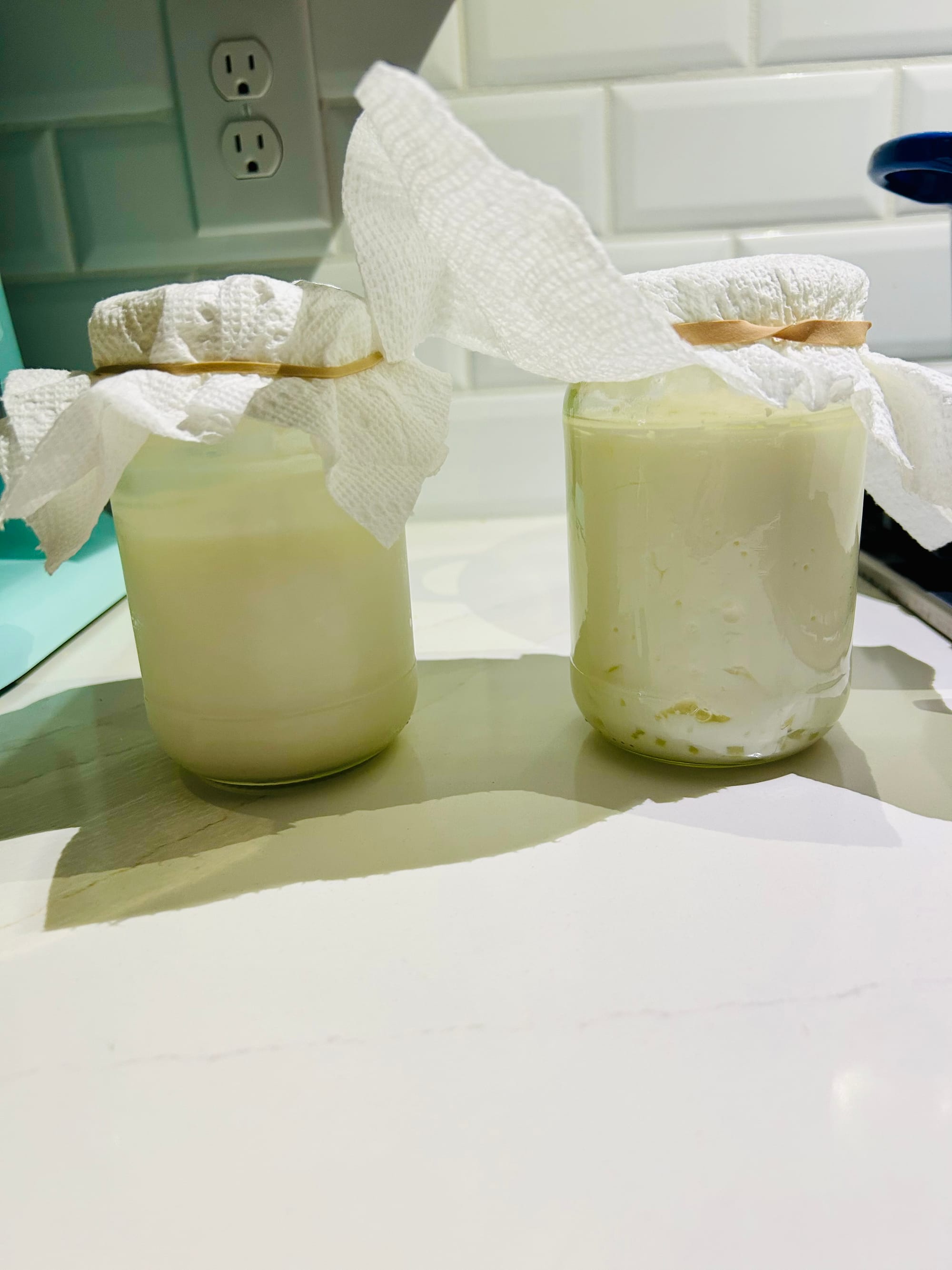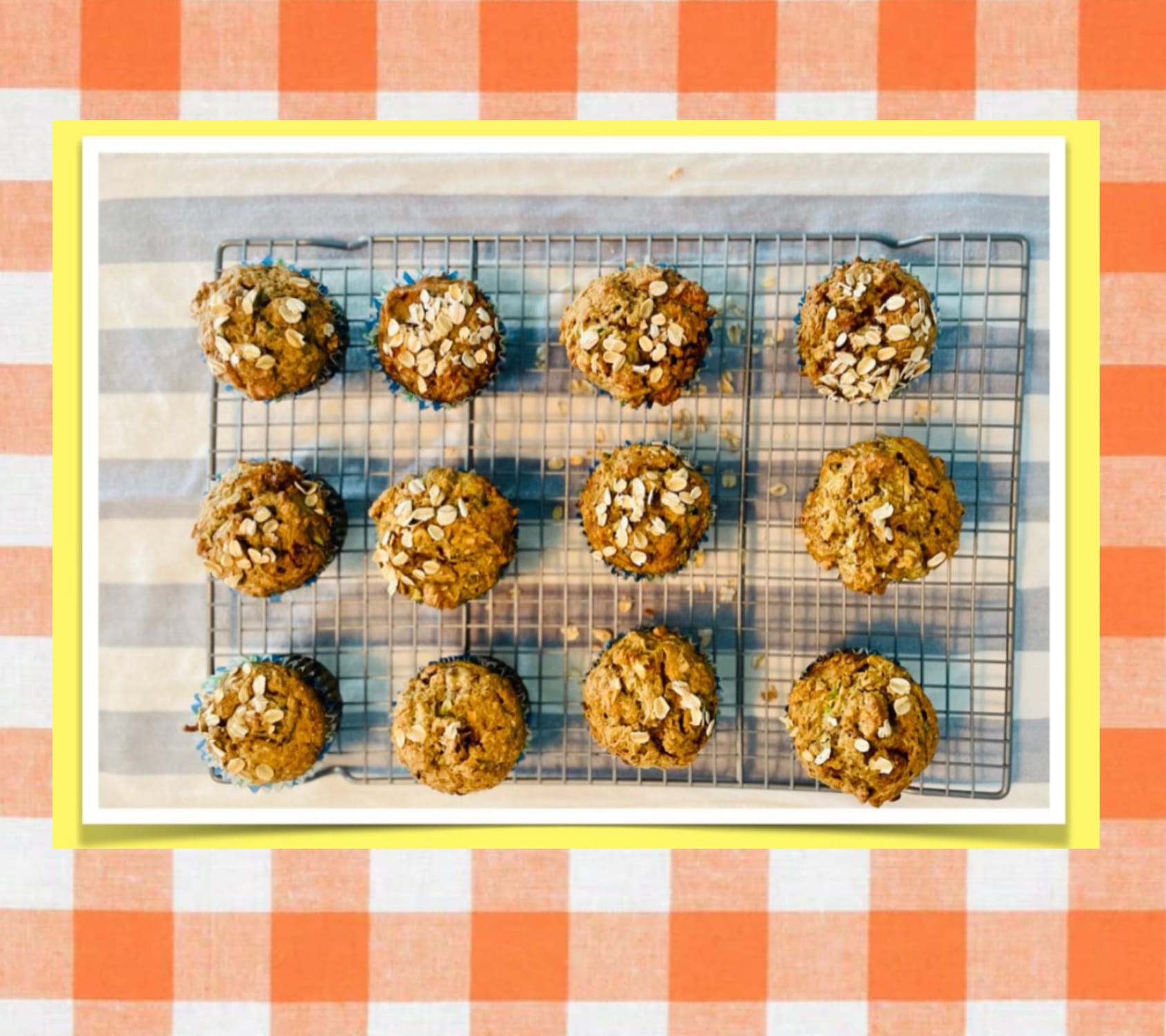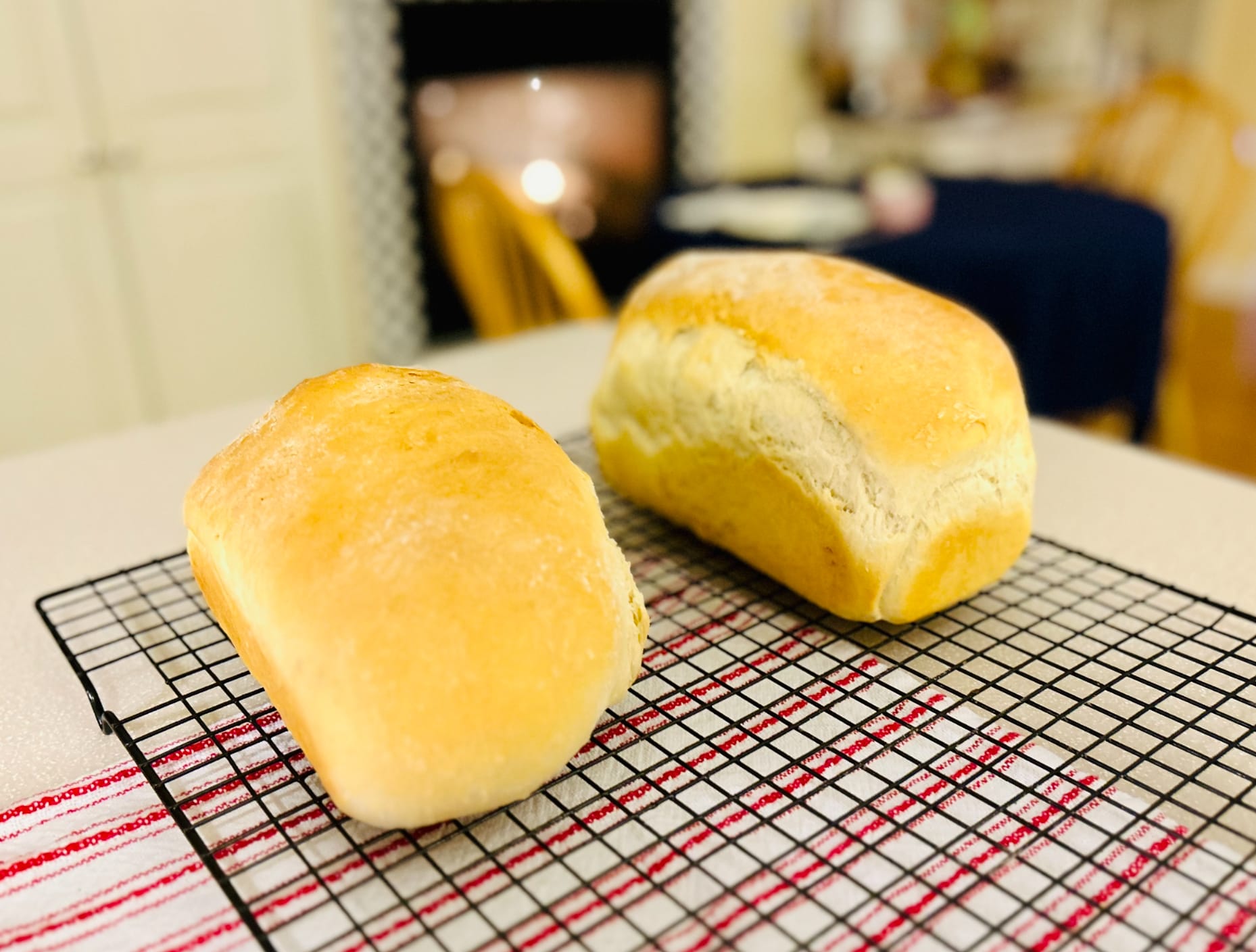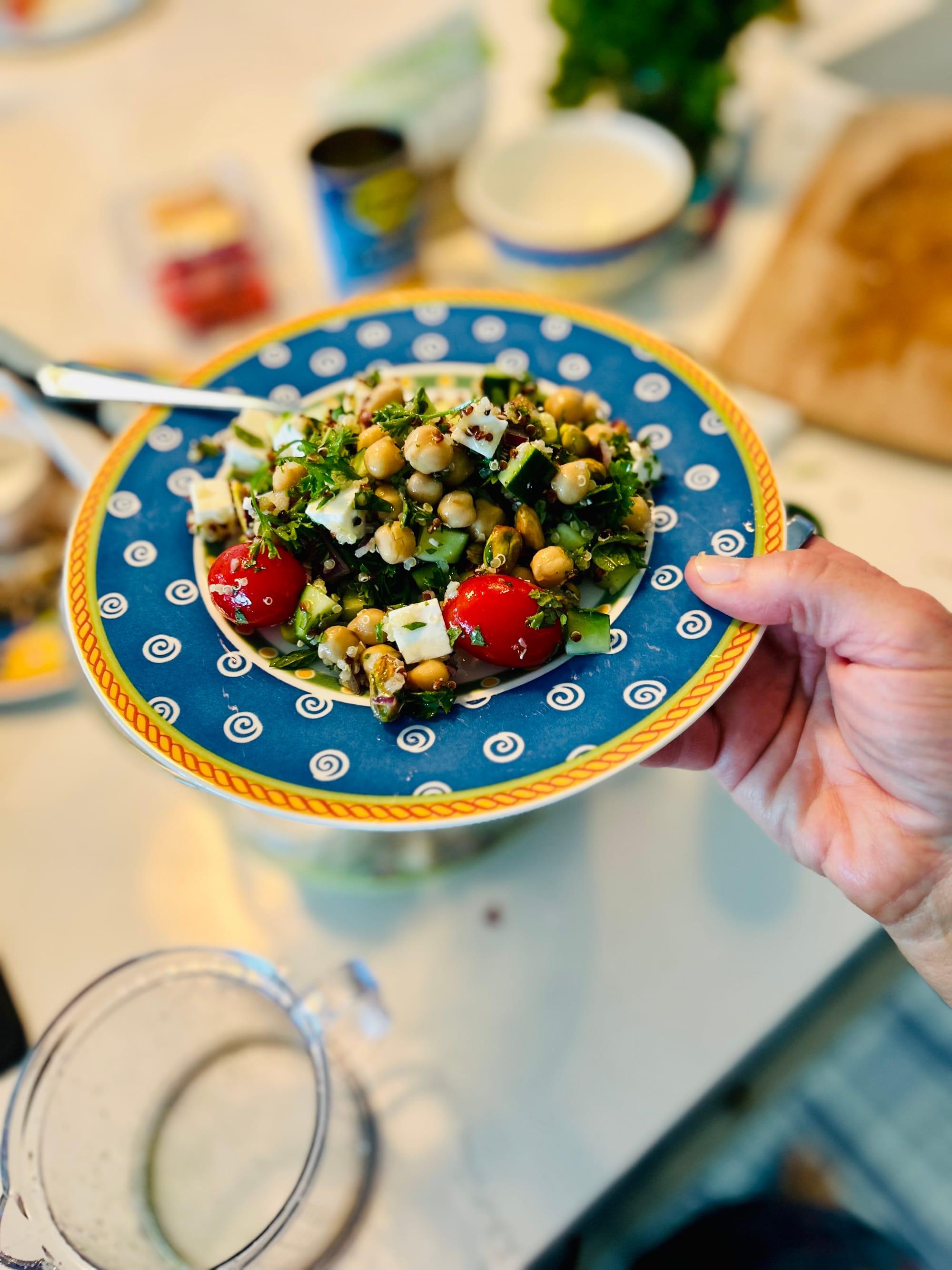Several years ago, I was talking nutrition with a good friend and she mentioned that she was making homemade Kefir. It’s available to purchase in the grocery store, near the yogurt, with the same benefits and was a regular on the weekly grocery list. She offered to give me some “Kefir grains” so that I could make it too. Since that time, it’s part of the weekly routine.
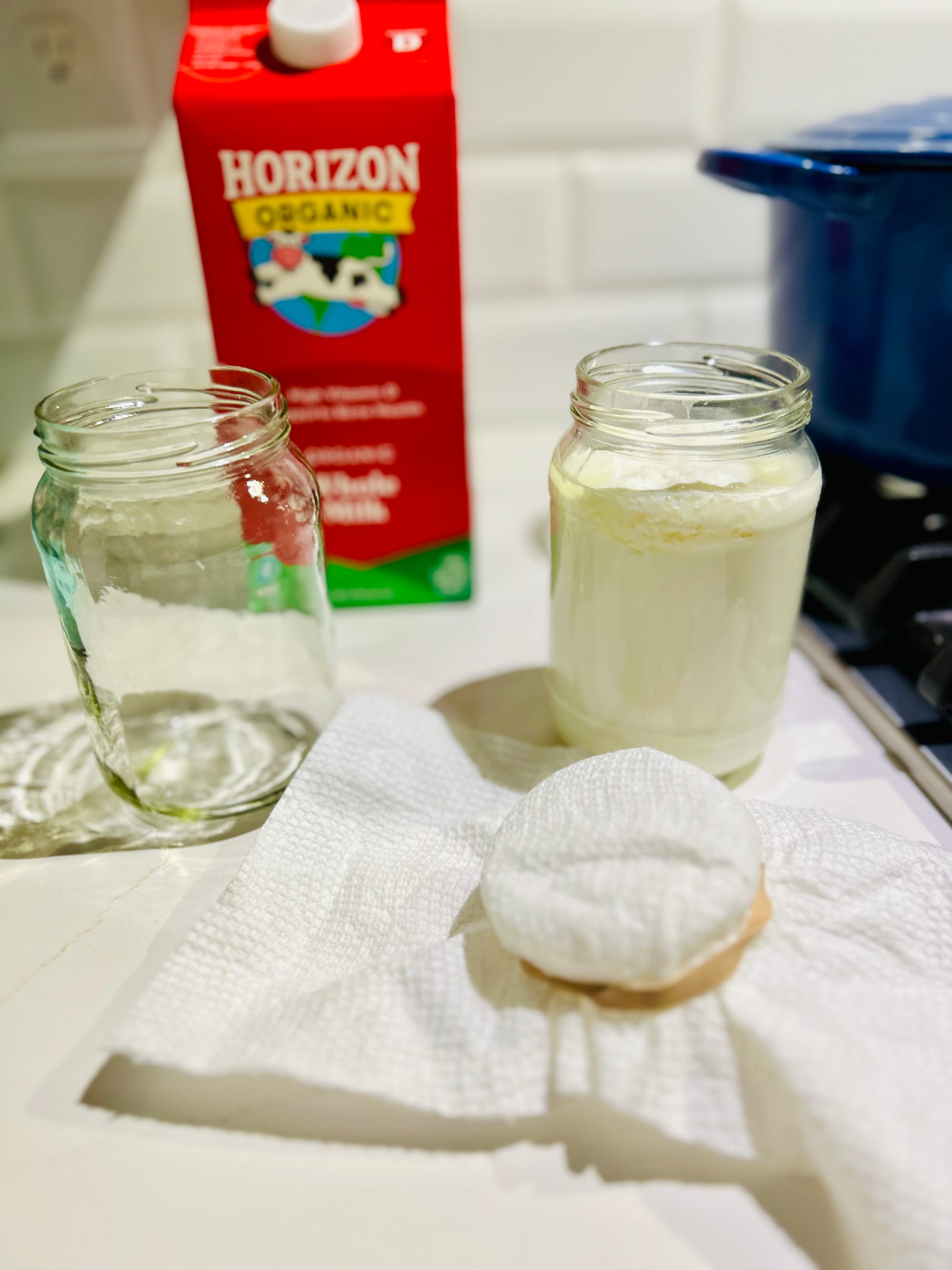
So, what actually is Kefir? It could be described as a liquid yogurt. Kefir has a tangy/ sour taste. It is fermented milk which is a powerhouse of good bacteria for your gut and digestive system. It can be made from cow, sheep or goat’s milk and kefir grains which are live bacteria and yeast to aid in the fermentation process. The process of making Kefir has been going on for centuries and comes from the Caucasus Mountains in Russia. Kefir can boost your immune system and aid in digestion. It has been described to me that the good bacteria in Kefir boosts the health of your immunity by colonizing your gut with beneficial microorganisms that help drive off the harmful bacteria. Kefir provides more strains of bacteria than the average yogurt, with 12 strains in Kefir and just a few in yogurt. Kefir is also rich in calcium with 300-400 mg per cup, depending on the size of your serving. Kefir grains are not grains in the sense of grains we usually think of, but rather, symbiotic colonies of bacteria and yeast in a protein and lipid matrix. They look like, when drained, little flowerets of cauliflower. The grains ferment the milk by breaking down the lactose into lactic acid and other beneficial components.
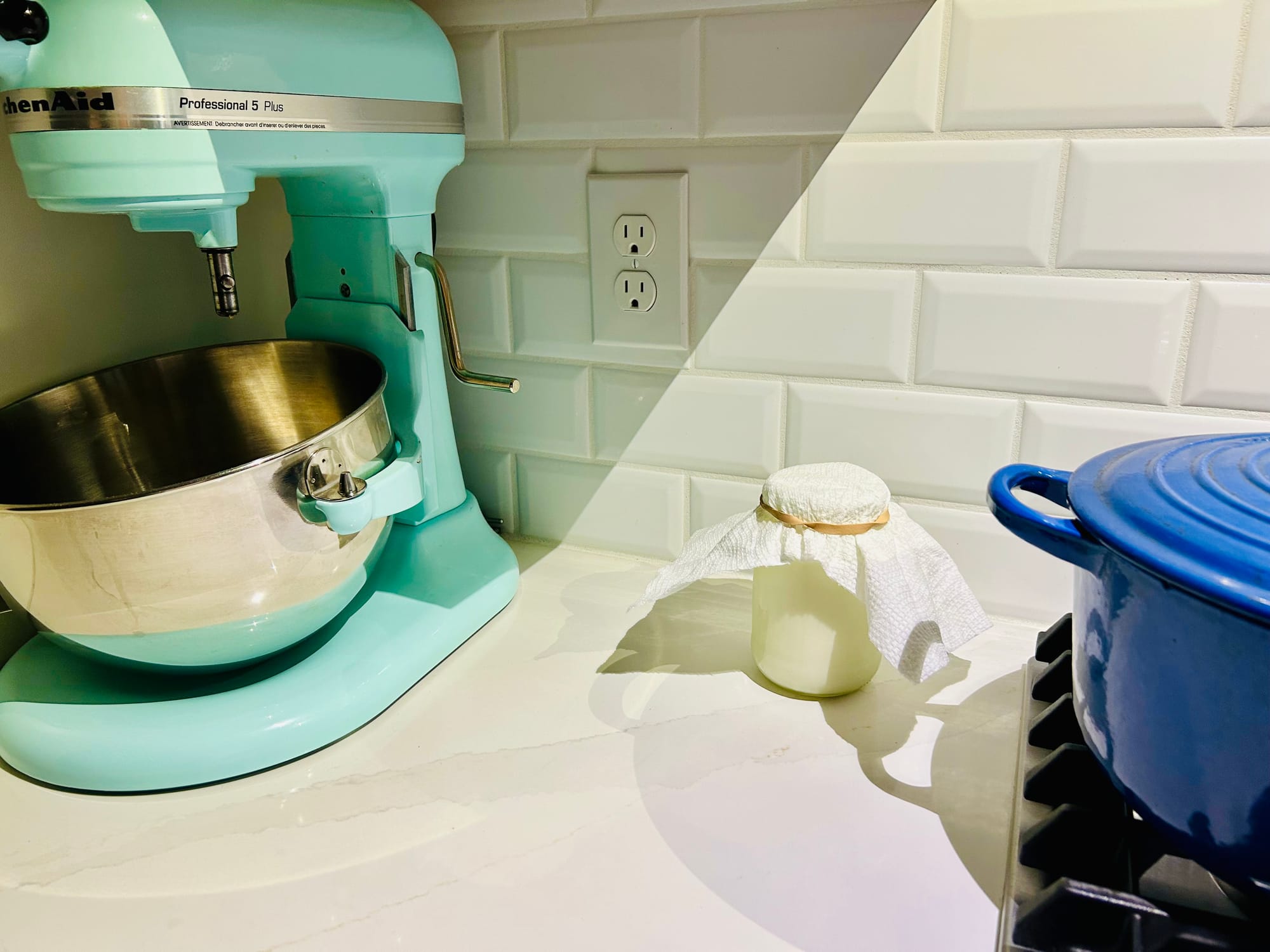
What are the benefits of Kefir? The benefits of Kefir are that with it being a fermented product, it has beneficial bacteria for your digestive system. And why would you want ‘beneficial bacteria’ in your digestive system? Beneficial bacteria aids in digestion and helping strengthen your immune system. If you remember the old Dannon Yogurt commercials from the seventies, it showed people from the Caucasus Mountain region of Russia where they have a high rate of people who live past the age of 100, making a reference to those individuals having yogurt been a part of their life long diet. Eating yogurt, also with the probiotic benefits being linked to their old age. Eating/Taking a probiotic (you can also take a supplement that is an over the counter supplement in tablet or capsule form) or drinking Kefir has numerous health benefits. A strong and healthy ‘gut’ or digestive system Is beneficial for overall health. Kefir is also high in calcium, has about the amount of protein as an egg.
What kind of milk should you use to make Kefir? The friend who originally gave me Kefir grains was using raw whole milk. I use organic whole milk from the local grocery store, either Kroger, Publix or Walmart organic whole milk, or one of the national brands like Horizon. I do not know if a lesser percentage of fat content milk would work, as I have always used whole milk milk and have had good results. Only a very few time has my homemade Kefir not turned out. What does that mean? In the very few times it has not turned out, the fermented mixture has separated which looks like a clump of milk matter and a cloudy liquid mixture. In these instances, I still strain the grains to be used again. The reason that Kefir may separate could be a few different reasons, such as the milk may not be expired but close to that date or the conditions in kitchen such as it could be too warm and kept out of fridge too long after Kefir has reached it’s full potential.
Where can you obtain Kefir grains? You can order them online. I have not ordered grains online, but I have seen them advertised on Amazon and on other health food stores on line. If you have a good local health food store, call to ask if they sell Kefir grains.
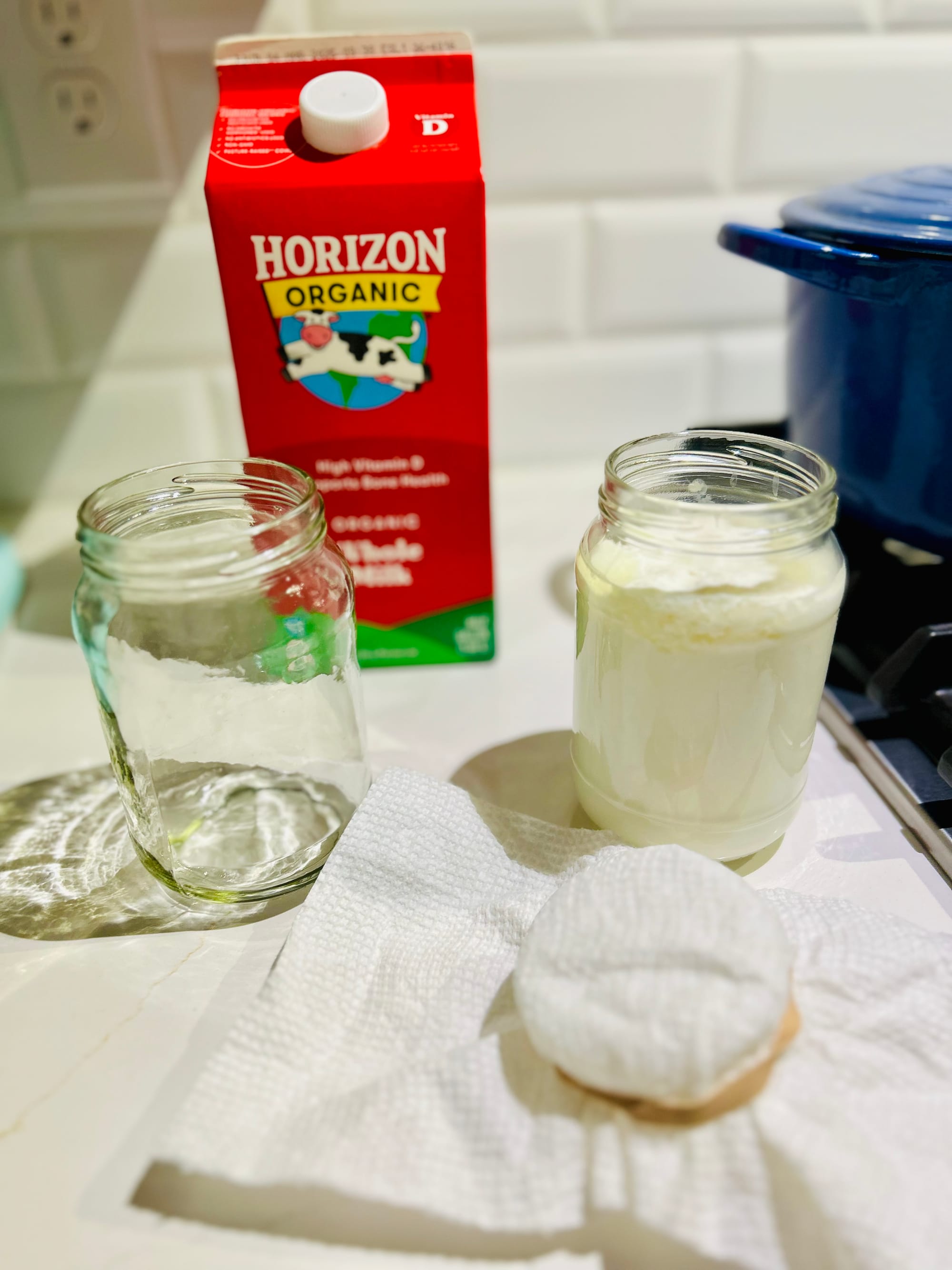
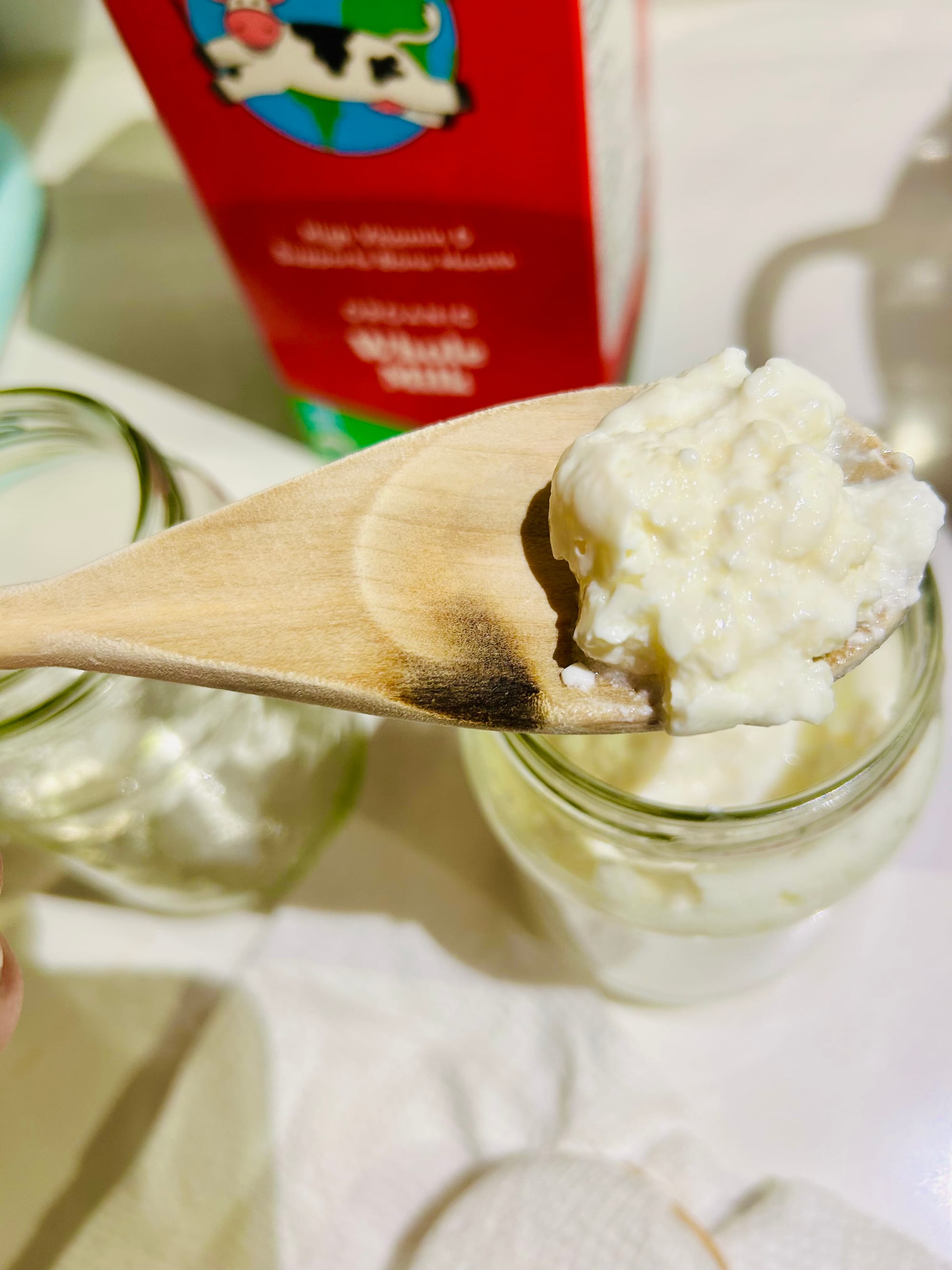
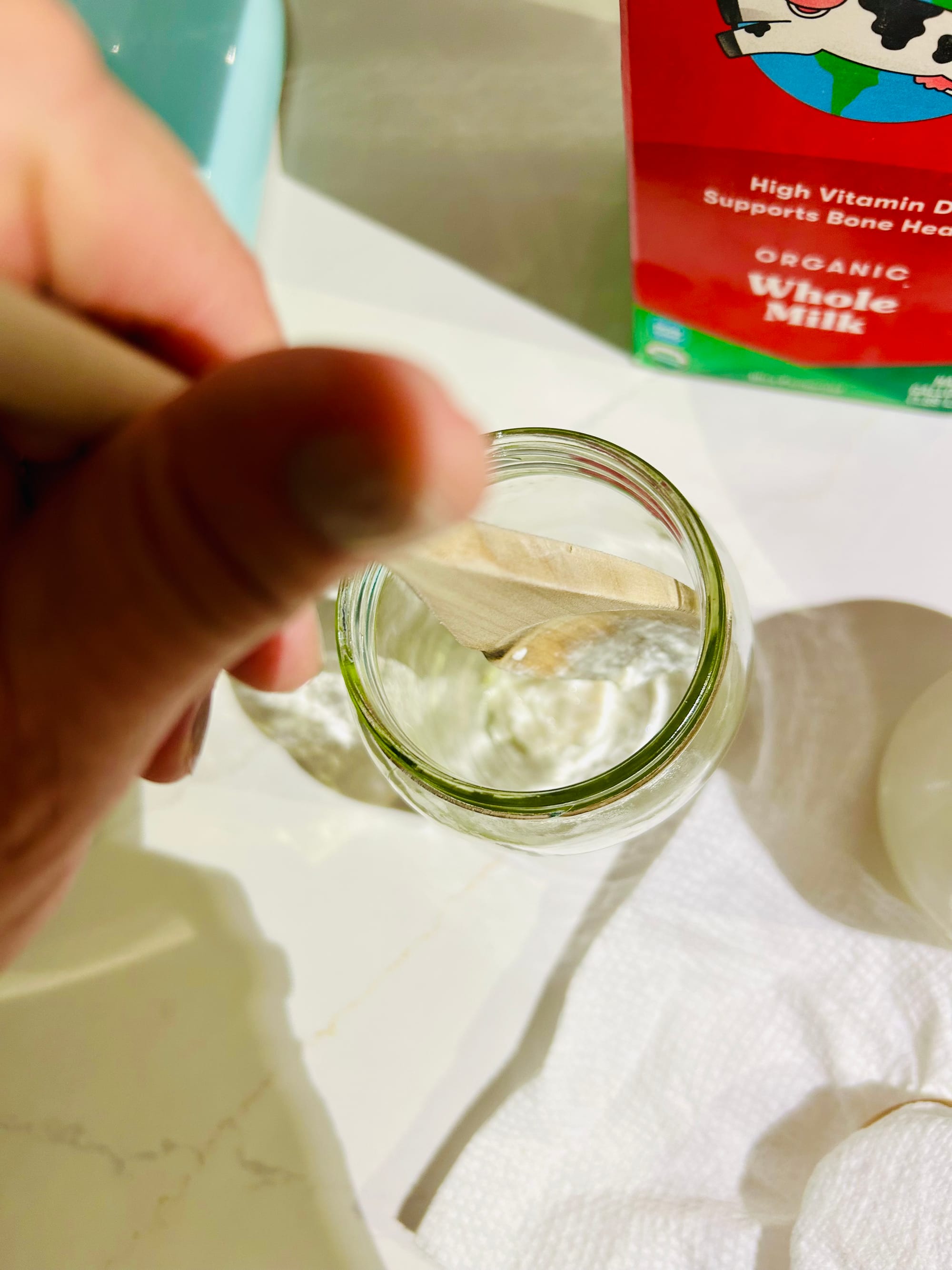
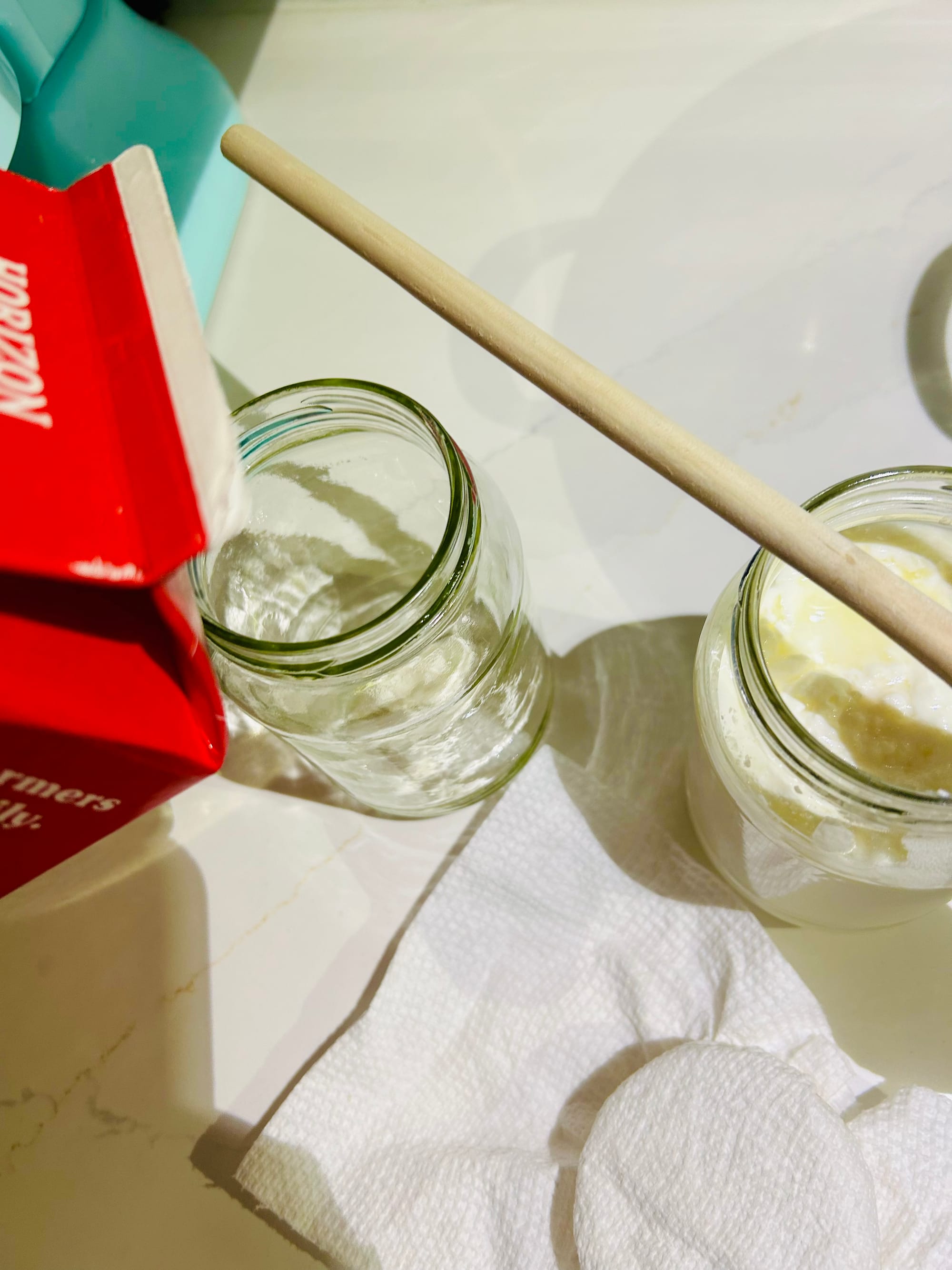
Top left to right-Kefir is done, grains are placed in a new jar. Bottom left, Whole organic milk is poured into a new jar…
Kefir Recipe
Ingredients
-Organic Whole Milk
-Kefir grains
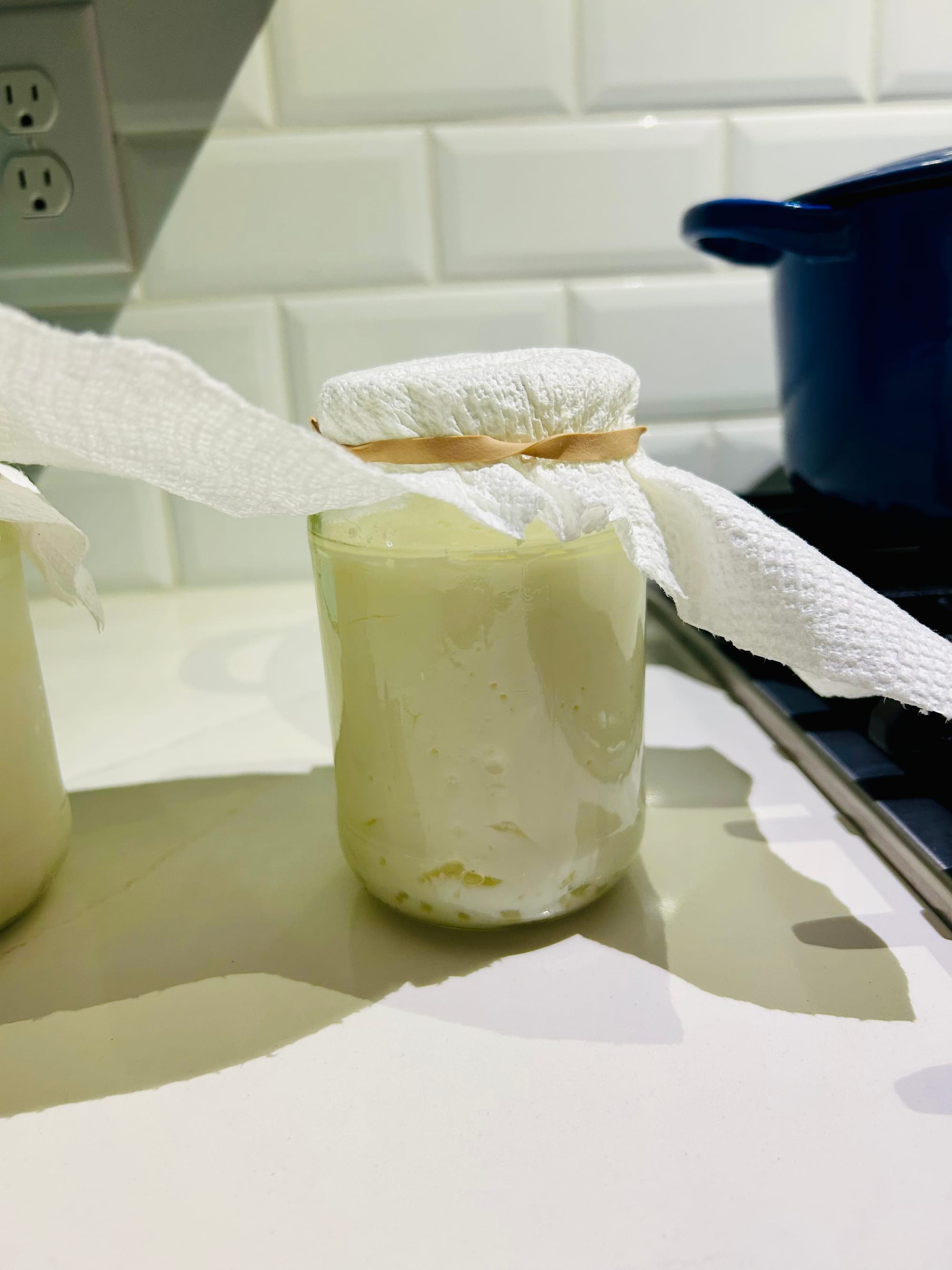
Method
1. Pour milk into a glass Mason jar.
2. Add drained Kefir grains.
3. Place a paper towel over the jar opening and adhere to jar with a rubber band.
4. Let sit in a warm place in the kitchen. I place mine near the stove in a little corner area on the counter. Let jar sit for about 24 four hours or so.
5. Start checking kefir at around 20-24 hours. What one would look for would be for the mixture to be thick. This can be done by very gently shaking the jar. If mixture is not thick, let it remain covered until it is thick.
6. When fermenting process is complete, strain the mixture. Place drained grains in a new jar to make more Kefir or store grains in a clean jar of water and cover with a paper towel & rubber band. Store just made Kefir also in a glass jar, covered with paper towel/rubber-band.
- If you will not be using grains to make Kefir, store grains in a glass jar with filtered water and covered with a paper towel and rubber band, as pictured above.
- Enjoy a glass of kefir per day to obtain the benefits of this healthy probiotic drink. I like to have a glass in the morning or as a snack in the afternoon. Enjoy!


